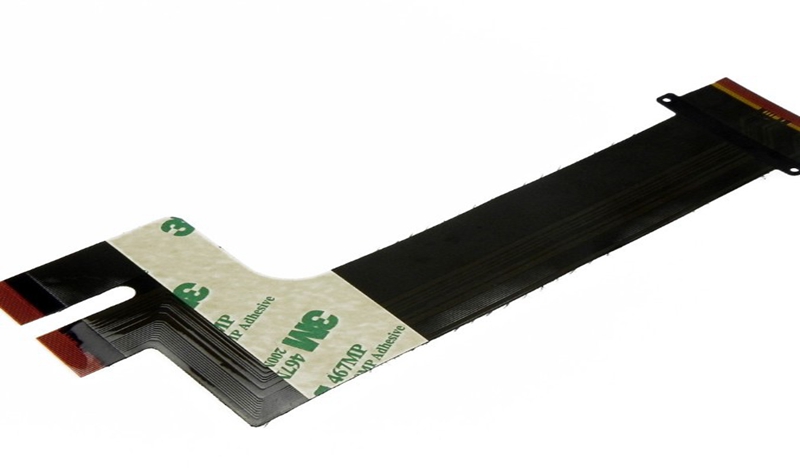The flexible circuit board has the following advantages:
1: Flexible circuit board flexibility
A significant advantage of using FPC circuit boards is that they can be easily routed and connected in three dimensions, and can also be rolled or folded. As long as it is curled within the allowable radius of curvature, it can withstand thousands to tens of thousands of uses without damage.
2: Flexible PCB reduces volume
In assembly assembly, the conductor cross section of FPC flexible board is thin and flat as compared with the use of cable, which reduces the size of the wire and can be formed along the casing, which makes the structure of the device more compact and reasonable, reducing assembly volume. Compared with rigid PCB boards, space can be saved by 60 ~ 90%.
3: FPC circuit board can reduce weight
In the same volume, the weight of FPC flexible board and wire and cable can be reduced by about 70% at the same current carrying capacity, and compared with rigid PCB board, the weight is reduced by about 90%.
4: FPC circuit board installation and consistency
It is connected by FPC circuit board, which eliminates the errors when wiring with wire and cable. As long as the processing drawings are proofread, all the winding circuits produced in the future are the same. No misconnection will occur when connecting the cables.
Flexible PCB
5: FPC circuit board increases reliability
When the FPC flexible board is used for connection, since it can be wired on the three planes of X, Y, and Z, the number of transfer interconnections is reduced, the reliability of the entire system is increased, and the failure inspection is provided for convenience.
6: Controllability of electrical parameter design
According to the requirements of use, designers can control capacitance, inductance, characteristic impedance, delay and attenuation when designing flexible PCBs. Can be designed to have transmission line characteristics. Because these parameters are related to wire width, thickness, pitch, insulation layer thickness, dielectric constant, loss tangent, etc., this is difficult to achieve when using wire cables.
7: The end of the FPC flexible board can be soldered as a whole
Flexible PCBs, like Rigid PCBs, have terminal pads that eliminate stripping and tinning of the wires, thereby saving costs. Terminal pads are connected to components, devices, and plugs. Manual soldering of each wire can be replaced by dip soldering or wave soldering.
8: FPC circuit board materials can be selected
Flexible PCB can be manufactured with different base materials according to different application requirements. For example, in assembly applications that require low cost, polyester films can be used. In demanding applications, excellent performance is required, and polyimide films can be used.
9: FPC circuit board low cost
With a flexible PCB assembly, the total cost can be reduced. This is because:
a. Due to the consistency of various parameters of the flexible PCB wire; the implementation of the overall termination eliminates the errors and rework that often occur when the cable is connected, and the replacement of the flexible PCB is more convenient.
b. The application of FPC flexible board simplifies the structural design, it can be directly adhered to the component, reducing the clamp and its fixing parts.
c. For wires that require shielding, FPC circuit boards are less expensive.
10: Continuity of processing
Since FPC flexible boards can be continuously supplied in rolls, continuous production of flexible PCBs can be achieved. This also helps to reduce costs.
The above are the benefits of flexible circuit boards introduced by Rigid Flex PCB Manufacturer.

没有评论:
发表评论